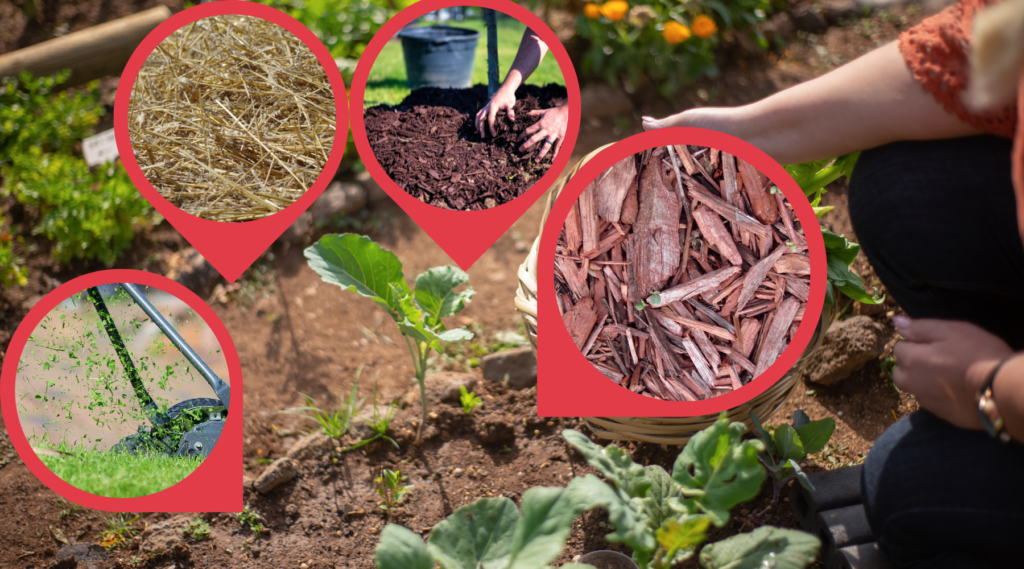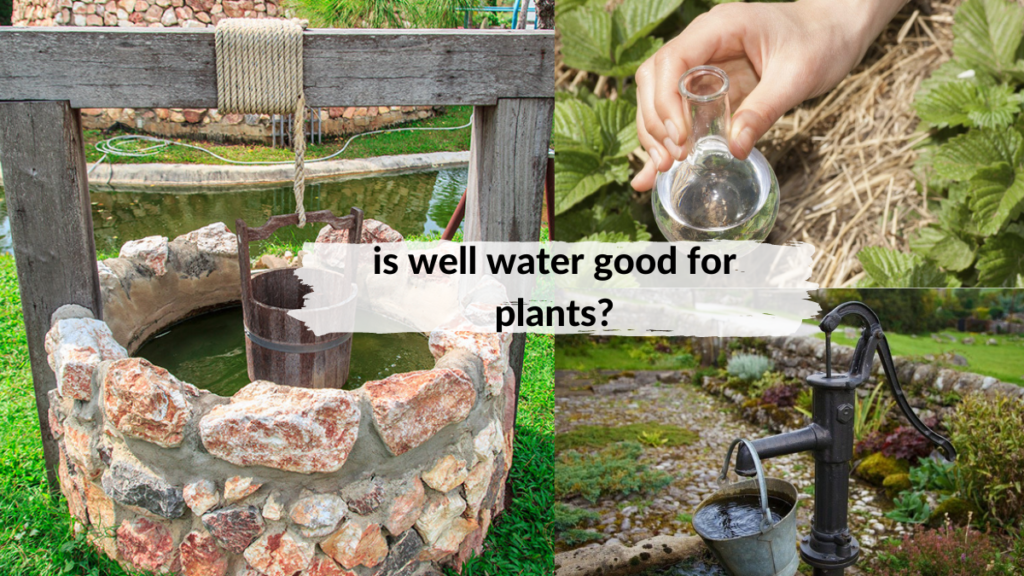Proper drainage prevents pooling water and root rot. Gardening pots usually have drainage holes but raised garden beds need certain drainage materials to improve plant growth. Thus, elevated raised garden beds make an excellent addition to your garden. Raised bed gardening can help control soil quality, separate different beds, and improve your garden’s curb appeal.
But is drainage necessary for elevated raised garden beds? Yes, elevated raised beds need drainage. After all, poor drainage results in water logged soil. The plant’s root system will drown and rot in the excess water. It is important to have holes drilled in the beds to prevent too much moisture. So, if you are using containers, make sure they have drainage holes.
why elevated raised garden beds need drainage
Elevated raised garden beds give you an enclosed space that is similar to regular raised garden beds. You can grow different vegetables and plants in this area. But you need to prepare the soil to promote healthy plant growth in your vegetable or flower garden. A raised garden bed needs adequate drainage since most plants require moist soil that drains well.
Water displaces the oxygen needed by the roots need to make plants grow. So, if oxygen is not delivered throughout the plant, it will grow weak and wilt. If it is not solved immediately, the leaves will fall off, and plants will die in due course.
Poor drainage can also cause fungal root disease as soggy soil can become a breeding ground of disease-causing fungi. When building a garden, you have to consider how your soil drains because the plants roots, and survival depend on it.
why you should have an elevated raised garden bed
Elevated raised garden beds are an excellent alternative to regular raised bed gardening or even in ground gardening. You can have the best soil mix with raised garden beds for your plants. That is because the soil does not get impacted since it is not subjected to foot traffic.
You can also make the soil combination by mixing high-quality soil with fertilizer. Since everything goes to the garden bed, nothing gets wasted. Here are other reasons why you should have a raised garden bed.
ideal drainage
Raised beds have ideal drainage, so they are good options if your garden soil drains too quickly or slowly. And even if you only have clay soil, it is okay because you can add other materials to make a fine loam in your garden bed. You can grow healthy plants even if you add clay soil to the raised garden bed.
plant earlier
One of the best things about raised garden beds is that the soil warms up much faster than the surrounding soil during spring. Thus, it is possible to plant earlier in a raised planter. To improve air and water movement in a raised planter, you only need to add a quality soil mixture to the raised garden bed. That way, the plant roots can get the nutrients much more quickly in a raised garden bed.
increase yields
You can also make raised beds denser than a traditional garden to increase yields. The yield increases due to the garden bed’s density. A traditional garden has pathways that consume garden space. Since you do not need paths with a raised bed, you can utilize more space for planting.
prevent weeds
Another reason you should have a raised bed is to avoid weeds. The garden bed’s walls can block out blowing seeds and help reduce weed problems. So, if you do not want to deal with weeds, consider growing plants in a garden bed or raised planter. Place landscape fabric under the planter box to prevent weed growth.
why plants require drainage
Soil drainage is essential to the root system’s health. Proper drainage allows the root system to get enough water and oxygen for the plant. Remember, the roots should be able to absorb nutrients and breathe air.
If the soil in the planter box has poor drainage, it will store excess water that will suffocate the roots. Since the plant’s health relies on proper drainage in the raised planter, the roots must distribute enough oxygen to the entire plant.
Few plants can endure stagnant water. So, if you want your plants to grow healthy in the raised bed, their root system must be healthy. That is why a garden bed requires good drainage.
Apart from promoting healthy plant growth in raised planters, proper drainage in a garden bed also reduces nutrient loss and soil from water runoff. Moreover, good drainage helps prevent root rot and soil erosion in raised planters.
how to improve drainage in raised beds
Maintaining good drainage in a raised bed garden is easy as long as you know what to do. Your raised bed garden’s drainage will depend on the kind of soil it has. For instance, heavy clay soil has poor drainage because it has small particles. Thus, water drains too quickly.
On the other hand, sandy soil’s large particles offer the best drainage. Instead of spending a lot of money to fix your drainage problems, you should consider building raised beds. Here are some tips on how to improve drainage in raised garden beds.
add compost
You have to build a border for small raised bed gardens. Also, you need to add compost and soil to elevate raised planters above ground level and improve water drainage. You also need to add a mixture that can drain well.
For instance, adding compost and sand to the raised bed planter can promote healthy plant growth. This mixture will help the plants get enough water and drainage. The soil will not be waterlogged since it is a loose soil mixture. This kind of soil ensures proper root system development and aeration.
cover crop
Cover crops are not only for suppressing weeds. It promotes good drainage by putting down deep taproots, which can help aerate your garden soil. Cover crops can also help prevent soil compaction, so plant cover crops in summer, fall, or spring. A couple of weeks before you start planting, turn your cover crops back into the garden soil by manual or mechanical tilling. Besides improving drainage, cover crops can help boost soil and organic matter health.
soil amendments
You can add soil amendments to regular soil to improve its quality. The best soil amendment depends on what your soil needs. There are also instances where you need to change the tilth or physical structure of the soil to improve drainage. If the soil’s too light, it can benefit from adding compost. This material adds structure to the natural soil and improves its ability to hold nutrients. It also keeps the soil moist.
If the soil’s too wet, you can add greensand to loosen it up. That way, the soil will become more porous and drain better. You can also consider organic matter like coco coir, grass clippings, kelp meal, worm castings, cornmeal, straw, and lava sand. Another option is to place pea gravel at the bottom of your garden beds to improve drainage.
sheet composting
Also known as lasagna gardening and no-till gardening, sheet composting can help improve drainage in raised beds. Lay down cardboard or newspapers over cardboard plants and water them thoroughly. Sheet composting will not only smother weeds but also prevent them from growing.
Do not forget to add green and brown materials like wood chips, animal bedding, sawdust, compost, and peat moss. You have to layer the garden like when layering compost, alternating three-inch-thick green layers, and five-inch brown materials. When planting season comes, you can plant right away. Once you are done planting, you can add sheet compost around the plants and straw to improve drainage.
mulch
You can use a mulch to improve drainage and prevent weed growth. Mulch locks in and evenly distribute moisture around raised beds. So, if you notice that water is draining too fast or pooling in certain areas of the garden bed, consider adding mulch. The mulch will add more support and structure to the soil as it breaks down.
If your garden beds have poor drainage, you might be tempted to throw them away and add new soil. But you do not have to do this. Follow the tips stated above to improve soil quality and create drainage in your garden beds. It might take a couple of weeks or even months before you see results, but be patient, and your effort will be rewarded.
You can build planter boxes or raised garden beds using pressure treated wood. This kind of wood is a safe option for the frame of the planter boxes. Ensure that it has a drainage hole so that it will not have excess water, so you have to create holes in the bottom of the raised bed. You can check out other sources but remember that they may be compensated for referring traffic.








